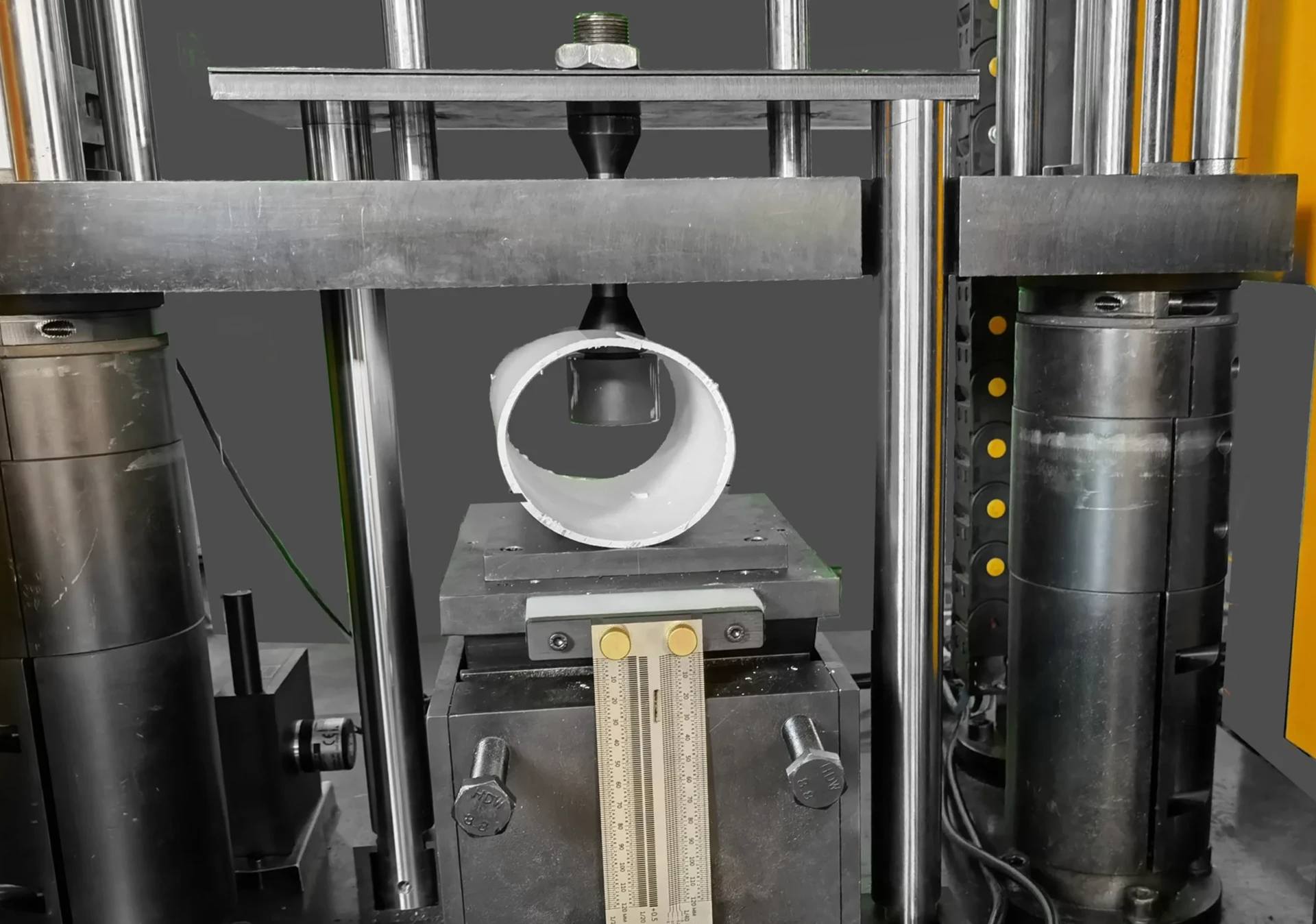ISTA 3F Parcel Simulation Test
The ISTA 3F Parcel Simulation Test is a rigorous set of tests designed to evaluate the durability and integrity of packaging materials used in shipping parcels. This test simulates real-world conditions that packages may encounter during transit, ensuring they can withstand the stressors they will face without compromising the safety or security of the contents. Compliance with this standard is crucial for companies operating within the logistics and supply chain sectors.
The ISTA 3F test focuses on assessing the ability of packaging to resist drop impacts, which are a common cause of damage during transportation. The test involves dropping parcels from various heights onto concrete or steel platforms, depending on the specific conditions being simulated. This method helps identify weaknesses in the design and construction of the packaging, allowing for improvements that enhance safety and efficiency.
The primary goal of ISTA 3F is to provide a reliable measure of how well packaging can protect contents from damage due to impacts during shipment. By conducting this test, manufacturers and logistics companies can ensure their products meet or exceed industry standards, thereby reducing the risk of product loss or damage.
For quality managers, compliance officers, R&D engineers, and procurement teams involved in packaging development and supply chain management, understanding the ISTA 3F test is vital. This knowledge enables them to make informed decisions about material selection, design optimization, and operational protocols that enhance overall performance and reliability.
Why It Matters
The ISTA 3F Parcel Simulation Test plays a critical role in ensuring the safety and integrity of goods during transportation. By simulating real-world conditions, this test helps identify potential weaknesses in packaging design that could lead to product damage or loss.
- Reduces Risk: Ensures that packages can withstand impacts without compromising contents.
- Promotes Safety: Protects the integrity of products and ensures they reach their destination undamaged.
- Enhances Reputation: Demonstrates a commitment to quality and customer satisfaction, which is essential for building trust with clients and stakeholders.
- Saves Costs: By preventing damage to packages and contents, companies can reduce the need for replacements or returns, ultimately saving money on repairs and re-shipping.
The results of ISTA 3F tests are critical in validating that packaging meets international standards like ISO, ASTM, and EN. Compliance with these standards is often required by law and industry best practices, making it essential for businesses to ensure they meet these criteria.
Scope and Methodology
| Test Objective | Description |
|---|---|
| Evaluation of parcel packaging for impact resistance | Drop parcels from different heights onto platforms to simulate real-world impacts. |
| Durability Assessment | Inspect the condition of the packaging after each drop test. |
| Product Integrity | Check if the contents have been compromised by the impact. |
| Equipment Used | Description |
|---|---|
| Drop Tower | A device that simulates free fall from different heights. |
| Platforms | Concrete or steel platforms where parcels are dropped onto for impact simulation. |
| Measurement Tools | Instruments used to measure the height of each drop and record results. |
The test begins by preparing a series of parcels, each containing identical products. These parcels are then loaded into a drop tower where they will be subjected to controlled drops from varying heights. The chosen heights depend on the specific conditions being simulated, which can range from 1 meter up to several meters based on industry standards.
After each drop, the packaging and contents are inspected for any signs of damage or compromise. If any issues are found, it is noted down and used as feedback for improving future designs. The entire process is meticulously documented, including video recordings and detailed reports, ensuring that all aspects of the test are transparent and reproducible.
Environmental and Sustainability Contributions
- Eco-Friendly Packaging: By improving packaging resilience, ISTA 3F helps reduce waste by decreasing the need for replacement or return shipments.
- Resource Efficiency: Optimizing packaging design can lead to better use of resources and materials, reducing overall environmental impact.
- Energy Savings: More durable packaging requires less frequent replacements, potentially leading to lower energy consumption over time.
- Transportation Optimization: Packaging that withstands impacts more effectively may allow for more efficient shipping methods, further reducing carbon footprint.
The ISTA 3F test contributes significantly to sustainability efforts by promoting the development of robust and eco-friendly packaging solutions. This not only benefits individual companies but also has broader implications for the environment as a whole.





